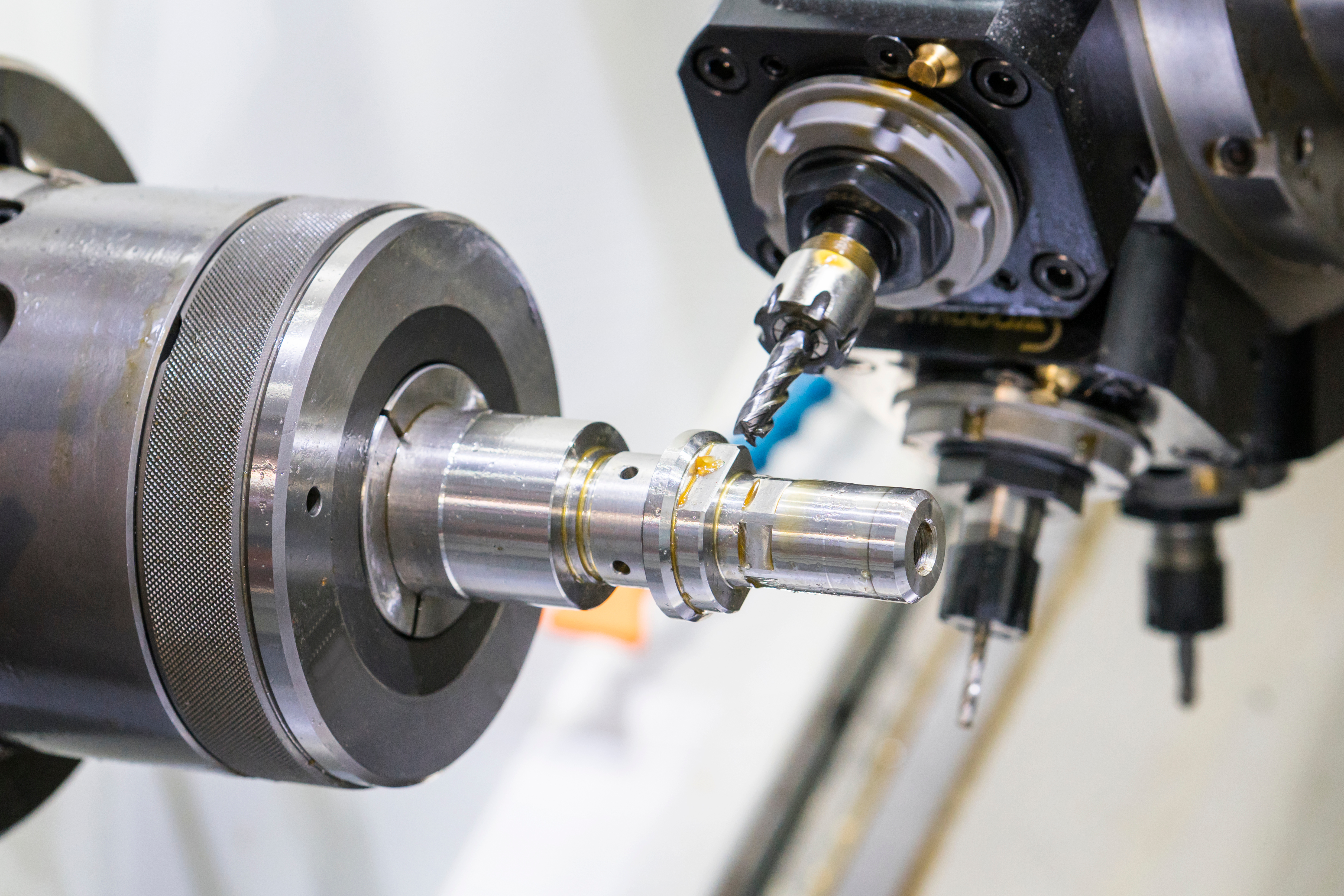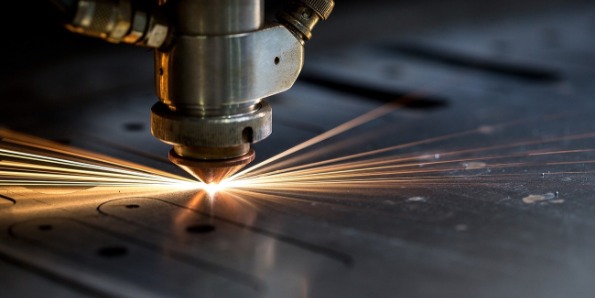Rapid Prototyping


Rapid prototyping or RP is a term related to various manufacturing processes either subtractive or compressive in nature.
Subtractive RP manufacturing processes include milling, grinding, laser cutting, and turning operations.
Compressive RP manufacturing processes include castings, sintering, and molding.
Each process has pros and cons.
Advantages of CNC for Rapid Prototyping
Faster Product Development: Rapid prototyping allows for the quick creation of physical prototypes or models, which can speed up the product development process. This speed is crucial in competitive markets and when time-to-market is critical.
Reduced Development Costs: By identifying design flaws and making necessary iterations early in the development process, rapid prototyping can help reduce the overall cost of product development. It minimizes the risk of expensive design errors being discovered late in the process.
Iterative Design: Rapid prototyping encourages an iterative approach to design. Engineers and designers can create multiple prototypes with different features and designs, allowing for the exploration of various possibilities and refining the product over time.
Improved Communication: Physical prototypes are tangible and easier to understand than digital models or 2D drawings. This makes it easier to communicate design concepts and ideas to team members, stakeholders, and clients.
User Feedback: Rapid prototyping enables early user testing and feedback collection. By involving end-users in the evaluation of prototypes, designers can gather valuable insights and make necessary adjustments to create a more user-friendly and effective product.
Risk Mitigation: Building and testing physical prototypes help identify and mitigate potential risks and challenges in the design and manufacturing process before full-scale production begins. This reduces the likelihood of costly errors and recalls.
Reduced Lead Times: Rapid prototyping can significantly reduce lead times for tooling and mold production, which is especially beneficial in industries like injection molding and CNC machining.
Complex Geometry: Rapid prototyping technologies can create intricate and complex geometries that are challenging or impossible to achieve through traditional manufacturing methods.
Competitive Advantage: Rapid prototyping enables companies to be more agile and responsive to market demands, helping them gain a competitive edge by quickly introducing new and innovative products.
Overall, rapid prototyping plays a crucial role in accelerating innovation, reducing costs, and enhancing the quality and effectiveness of products across a wide range of industries.
Reduced Development Costs: By identifying design flaws and making necessary iterations early in the development process, rapid prototyping can help reduce the overall cost of product development. It minimizes the risk of expensive design errors being discovered late in the process.
Iterative Design: Rapid prototyping encourages an iterative approach to design. Engineers and designers can create multiple prototypes with different features and designs, allowing for the exploration of various possibilities and refining the product over time.
Improved Communication: Physical prototypes are tangible and easier to understand than digital models or 2D drawings. This makes it easier to communicate design concepts and ideas to team members, stakeholders, and clients.
User Feedback: Rapid prototyping enables early user testing and feedback collection. By involving end-users in the evaluation of prototypes, designers can gather valuable insights and make necessary adjustments to create a more user-friendly and effective product.
Risk Mitigation: Building and testing physical prototypes help identify and mitigate potential risks and challenges in the design and manufacturing process before full-scale production begins. This reduces the likelihood of costly errors and recalls.
Reduced Lead Times: Rapid prototyping can significantly reduce lead times for tooling and mold production, which is especially beneficial in industries like injection molding and CNC machining.
Complex Geometry: Rapid prototyping technologies can create intricate and complex geometries that are challenging or impossible to achieve through traditional manufacturing methods.
Competitive Advantage: Rapid prototyping enables companies to be more agile and responsive to market demands, helping them gain a competitive edge by quickly introducing new and innovative products.
Overall, rapid prototyping plays a crucial role in accelerating innovation, reducing costs, and enhancing the quality and effectiveness of products across a wide range of industries.

